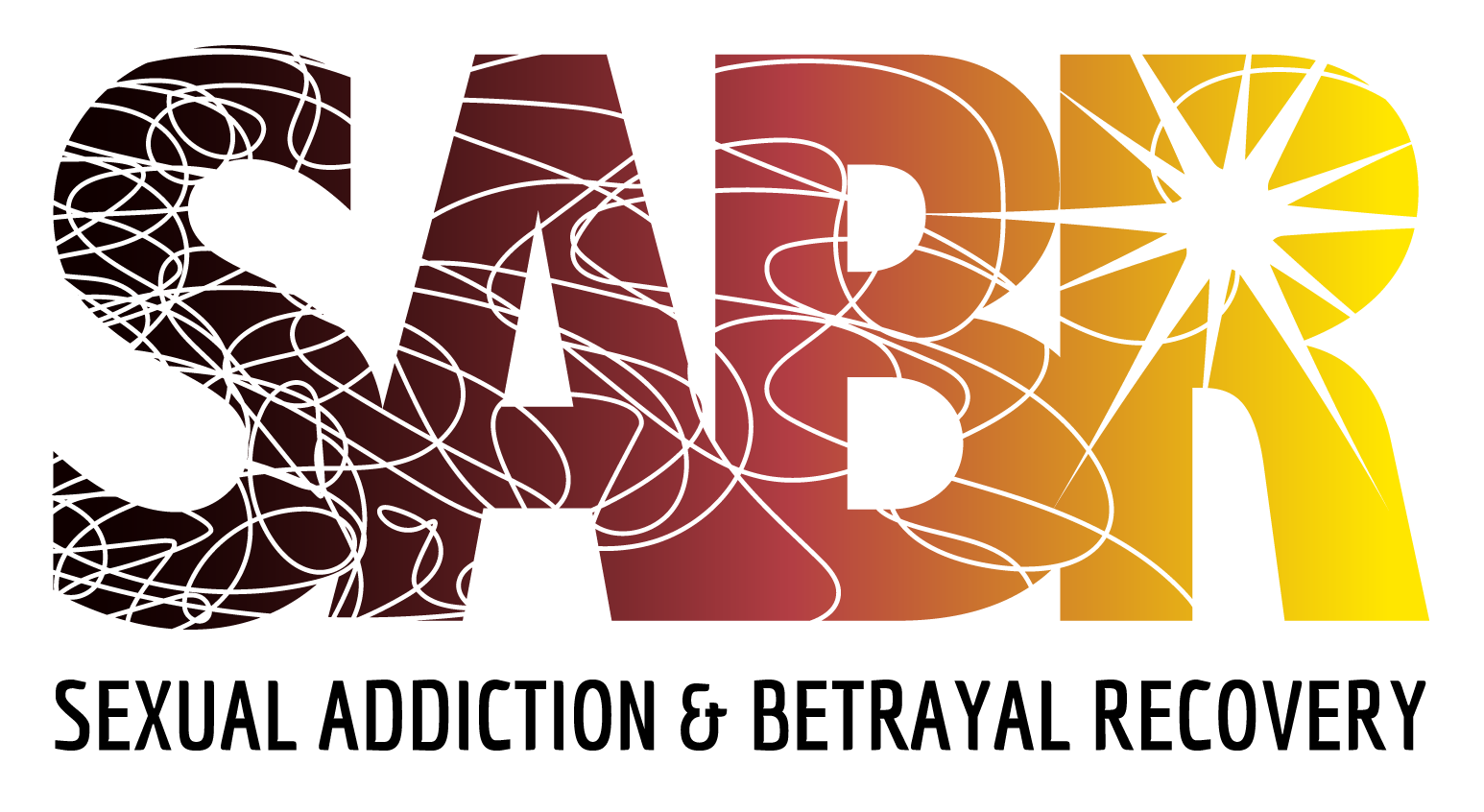
Sex addiction and porn addiction are complex and challenging issues that affect many individuals, leading to cycles of destructive behavior that can be difficult to break. Patrick Carnes, a pioneering researcher in the field, has provided a comprehensive model for understanding this cycle, which begins with pain and shame, moves through preoccupation and ritual, and culminates in acting out. Understanding this cycle and the mechanisms that drive it is crucial for effective intervention and recovery.
The Cycle of Sex Addiction
Patrick Carnes describes the sex addiction cycle in four distinct stages:
- Pain/Shame: This is the initial trigger for the cycle, where feelings of pain, shame, or distress drive the individual towards seeking relief.
- Preoccupation: During this stage, the addict becomes fixated on thoughts of engaging in sexual behaviors as a way to escape their emotional turmoil.
- Ritual: This involves specific routines or behaviors that lead up to the addictive act, reinforcing the preoccupation and building anticipation.
- Acting Out: The culmination of the cycle where the addict engages in the sexual behavior, temporarily alleviating the emotional pain but ultimately perpetuating the cycle as feelings of shame and guilt return.
Expanding the Model: Withdrawal and Preoccupation
Dan Gray and Todd Olson have expanded upon Carnes' model by identifying an additional piece: withdrawal or “reaching in.” According to their insights, addicts experience a withdrawal (reaching in) that intensifies their emotional pain, leading to preoccupation.
Reaching Out During Distress or Pain
Eric Schultz emphasizes the importance of learning to reach out for support during an addict’s tendency to reach in (withdraw) during pain and shame. This proactive step can interrupt the cycle and lead to recovery. Schultz's approach involves fostering connections with supportive individuals, such as therapists, support groups, or trusted friends, to help manage the emotional distress that triggers the cycle.
Therapeutic Interventions and Education
Effective therapeutic interventions must address each stage of the addiction cycle, with a particular focus on withdrawal or reaching in. Education about the cycle and its components is vital for both addicts and therapists. Understanding the triggers and the nature of isolation can empower addicts to seek help and develop healthier coping mechanisms.
The SABR Program: A Comprehensive Approach
The Family Strategies Counseling Center's Sex Addiction Behavior Recovery (SABR) program offers a structured and evidence-based approach to treating sex addiction. The SABR program integrates insights from various experts, including Patrick Carnes and Eric Schultz, to provide a holistic treatment plan. This program emphasizes the importance of addressing the underlying emotional pain, educating individuals about the addiction cycle, and fostering a supportive community.
Conclusion: Hope and Recovery
Breaking the cycle of sex addiction is a challenging but achievable goal. By understanding the intricacies of the addiction cycle, including the critical withdrawal phase, individuals can take proactive steps towards recovery. Reaching out for support and participating in comprehensive programs like SABR can pave the way for lasting change and healing.
Family Strategies Counseling Center has actively serviced clients since 2000 with help for porn addiction or sexually compulsive behavior. Our SABR program for adults, Tribe for college students, and Band of Brothers for teens can help you! Give us a call at (800) 614-8142 or visit our website for more information: Family Strategies SABR.

 -->
-->